
Dr John Chacko, President and Managing Director, Volkswagen India Pvt Ltd, talks to Car India about the attributes that set the renowned German marque apart


 Car India: Why do Volkswagen cars feel more solidly built?
Car India: Why do Volkswagen cars feel more solidly built?
Dr John Chacko: We have safety measures as far as weight is concerned. You will notice in our Polo and Vento that we use things like tailored planks to reduce the weight effect that you may see as a result of safety and rigidity features. We have a lot of new material types that are positive examples of how we are not increasing the weight for such purposes, but actually reducing it. For example, our hot-formed parts are pretty unique in the automobile industry, where you can use thinner materials.
We have a minimum of 0.75 mm sheet metal thickness, because we think that is the formability range where you can have surface materials with suitable tolerance, where they don’t have bolstering and can bear their own weight without having ribbing or other such features. We only use ribbing if absolutely necessary, but tend to avoid it.
CI:What about the gauge? Would it differ from most other cars? Is it the sheet metal thickness or also the design of the vehicle that makes cars more sturdy?
JC:We have something called a DVD, which we stick under the roof, before the headliner, which also increases the rigidity. So I’m not sure if you can say that generally our sheet metal is thicker, but we have design concepts that might be a bit more expensive. We add some refinements and not just the weight.


 The galvanising is something that comes from our history of 30 years ago, when we used to have some problems and, therefore, step by step, we decided to have originally fully galvanised body-in-white. And then we did some reduction in cases where we were absolutely certain it has no effect on corrosion if we don’t galvanise; in other words, parts that are not exposed to humidity and oxygen, it is basically the core of the matter. We have taken steps to reduce it, but it is still in the initial stages and more or less our vehicle bodies are galvanised (to increase the life of the body-shell).
The galvanising is something that comes from our history of 30 years ago, when we used to have some problems and, therefore, step by step, we decided to have originally fully galvanised body-in-white. And then we did some reduction in cases where we were absolutely certain it has no effect on corrosion if we don’t galvanise; in other words, parts that are not exposed to humidity and oxygen, it is basically the core of the matter. We have taken steps to reduce it, but it is still in the initial stages and more or less our vehicle bodies are galvanised (to increase the life of the body-shell).
In other words, we are absolutely certain that as far as our long-term quality is concerned (which has a lot to do with the re-sale value of cars), we think we are a benchmark. As of now, we don’t have a long history in India (in terms of re-sale and longevity of vehicles) that we can fall back upon, but the logic will prevail and, at some point in time, you will notice that there is a difference. Things like this are logically right, but have to be proven every time.


 CI: How come VW cars don’t have the usual black strips on the roof? Is it just another design feature?
CI: How come VW cars don’t have the usual black strips on the roof? Is it just another design feature?
JC: Basically under the black strip is a weld. Not having one (like in VW cars) is theoretically and practically cheaper, because you have a one-time investment that you then amortise over a number of cars you are going to produce. What you are saving is all these plastic strips, all the waxing that you need to put under it, as even a plastic strip does not survive without waxing and process material.
Therefore, we say it’s cheaper, because all we do is have the tooling right and that is naturally a process of getting there. Getting your tolerances right, so that the side panel (left-right) is fixed in a certain position, has a certain V-construction; the roof is not fixed, but has a flanch going down and reinforcement for the side panels. Even your alignment comes easy. If you put the roof in, it fits into the wedge and then all you have to do is laser-weld there and it’s perfect.So, it’s a very simple concept that we think has additional value if you really look at the final car and compare it with the competition. For a laser weld, you need to have a very good tolerance situation between the parts and we are getting there.
CI: What does zero-error body mean? How does it help a car?
JC: Our aim is to have zero error at the end of the line. It’s a goal that is practically never achieved, but, if you set this as a goal, the whole organisation is tuned to achieve this as well as possible. Most of this starts in the body shop; if you can imagine, it’s like the skeleton of a human being. If your skeleton is symmetric, if it is in place, then all you have to do is to add on the muscles, nerves, skin and so on and then you have a perfect human being. Of course, the insides of a human being are different, but at least as far as the outer appearance is concerned, that is what I am talking about. For the body of the car, the white body of the car is basically the skeleton of the car. Everything, including the chassis, is hung on to this skeleton and, if the skeleton is symmetric, tolerated at the levels that it should be, all you have to do is just fit on everything at the right position.


 CI: But that’s also where the strength of the monocoque comes in, isn’t it?
CI: But that’s also where the strength of the monocoque comes in, isn’t it?
JC:Absolutely, but even the monocoque has to fit into certain tolerances; otherwise the other parts don’t fit into it. Let’s say the chassis is connected to the body, so the points where you connect the chassis to the body have to be pretty exact. In many cases, some firms make holes in the individual parts, clamp them together and hope that these important reference points are correct, because if you take two-three different parts and put them together, you have so many tolerance problems that the whole RPF point could be different. What we do is that we make the body first and then make the whole, with the reference point being the point that is important for the chassis, instead of hoping that the individual parts and all the processes until then are so tolerated that it will be okay – that’s just a hope!
So instead of hoping, we actually make it that way, take the reference for the chassis the way it should be, because the chassis is important for the alignment of the cars, so that you don’t have it moving sideways. Those are the reference points you need and then you make the holes for the fixation in the way it should be. To keep the process going the way it should, you have to steadily monitor, because all process have the tendency of (a) wearing out, (b) having the human element in it. What we have to do is to make sure that we keep our tolerances in a certain range, so that everybody is measured at around 94 different places and you can change this or programme this if you think you have a new place that you think is important. As long as you remain in this range, you know your tolerances are okay and your body is going to be okay and you can send it on. If not, you stop and you ask where this came from and you have a table that shows that a particular RPF point is influenced by a particular sub-assembly and so you can check what’s happening there. The whole attempt is to keep the reaction time low enough to not impede production, but still enough to be able to correct when you notice something. That is our in-line measurement system.
CI: How often do you check bodies? After how many shells do you keep checking or measuring?
JC:Hundred per cent! But since this is not related to the reference systems of the car, there is some theoretical point in the middle, which you have to fix when you design the car and finally make it. This on-line system doesn’t have the reference from this imaginary point. It is only a process you are following and, as long as you are in the range, you are okay. But to be able to actually reference your position as opposed to this imaginary point, every hundredth body is sent to the measurement room to make sure they are okay. Every car is measured according to this process, with these 94 points.


 CI: How do you offer three years’ warranty for paint, even in the extreme weather conditions of our country?
CI: How do you offer three years’ warranty for paint, even in the extreme weather conditions of our country?
JC:We are not the biggest company making cars here, so currently we use solvent-based paints, but our paint shop is a real benchmark as far as recycling of solvent is concerned. We have a thermal re-usage, that is, the excess solvent is re-used to heat the oven so that it replaces to at least 20 per cent the liquid propane we would have used if we didn’t do it. If you notice, we never ever smell like a paint shop, because all the solvents are burned off at the oven temperature; you need to bake the cars in any case.We are using solvent-based paints and we are using thermal recycling to recycle the extra spray (which is used to heat the oven), which is not done by everybody. We have 11 different steps leading up to the final clear coat and we guarantee exactly the same as what we guarantee in Europe as far as the paint is concerned.After the paint, another process we have is hot waxing. If you look at a car body, the main parts affected by corrosion are those that belong to the underbody and its related chassis elements, with various holes. They are very much in contact with water and oxygen. The way we handle this is not spraying wax into it, because you never know where the spray gets to or the thickness you are going to affect. We actually use nozzles to flood certain open areas of the body with wax and let it out slowly, so that when it cools down, there is a certain thickness on the inside of the parts, which then protects these areas very effectively, even underneath the floor.
CI: Does the waxing also help your NVH levels?
JC:It has some damping effect, but it is basically just for anti-corrosion. We do a lot with the body in the paint shop to make sure it goes into all the corners, because the areas where air is trapped in, they do not have contact with the fluids that are necessary. Therefore, our somersaulting the car is part of the process because when you turn it and the air bubbles also come out, you get the liquids all over the place.
 CI: What is Black Body Audit?
CI: What is Black Body Audit?
JC:We are very proud of the surfaces we offer and the structures our paints are supposed to have so that starting in the paint shop, depending on whether it is a vertical or a horizontal surface, you have to programme your robots in such a way that the thickness is right because it is easier for things to settle from the top. All flaws are noticeable and if you have the right lighting, it is very easy to detect where you have a surface problem that could be related to the paint or to the finished body, because if you take even a hair and put it into the tooling of a surface area, you will have a huge scratch on the surface. You have all sorts of points that are possible and not all of them are under your control and, therefore, we have to notice things. And, among other things, let’s say certain surface areas have had to be reworked and in a black body you can actually see it. Although it has been done with fine sandpaper, with three different types of polishing, you can see it. That is why the black body is the measure of how well you are doing first time right. I do not say we are doing everything first time right, but that is the aim.
Photography: Sanjay Raikar







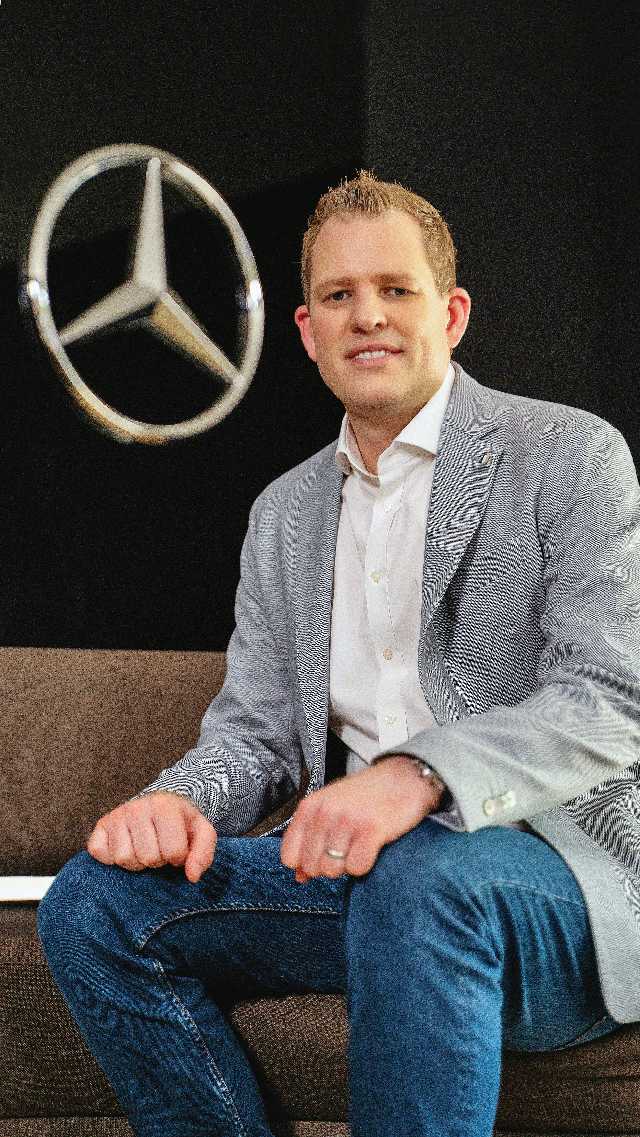
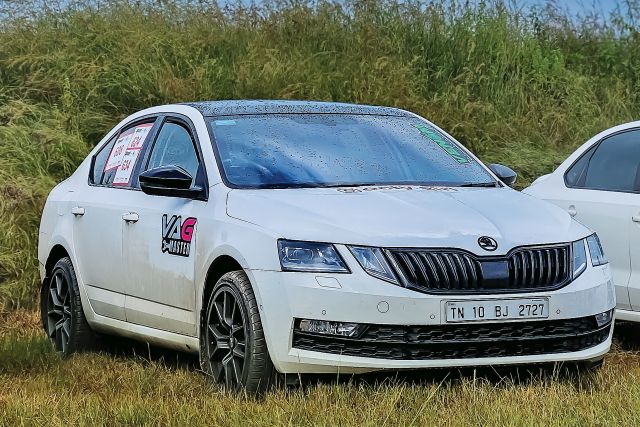



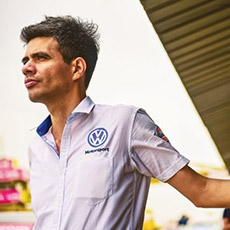
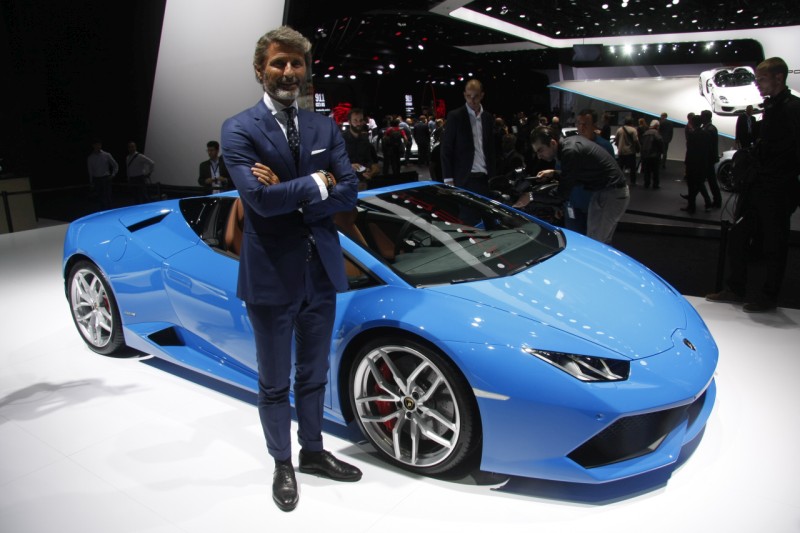



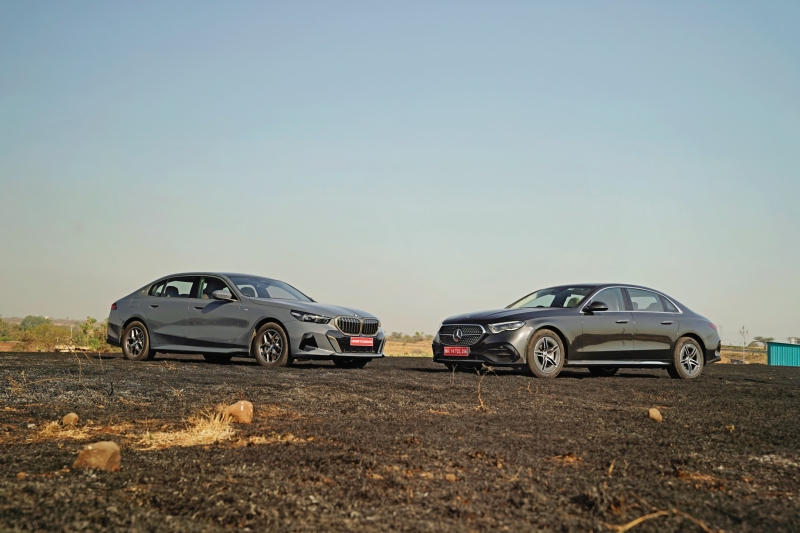
Leave a Reply